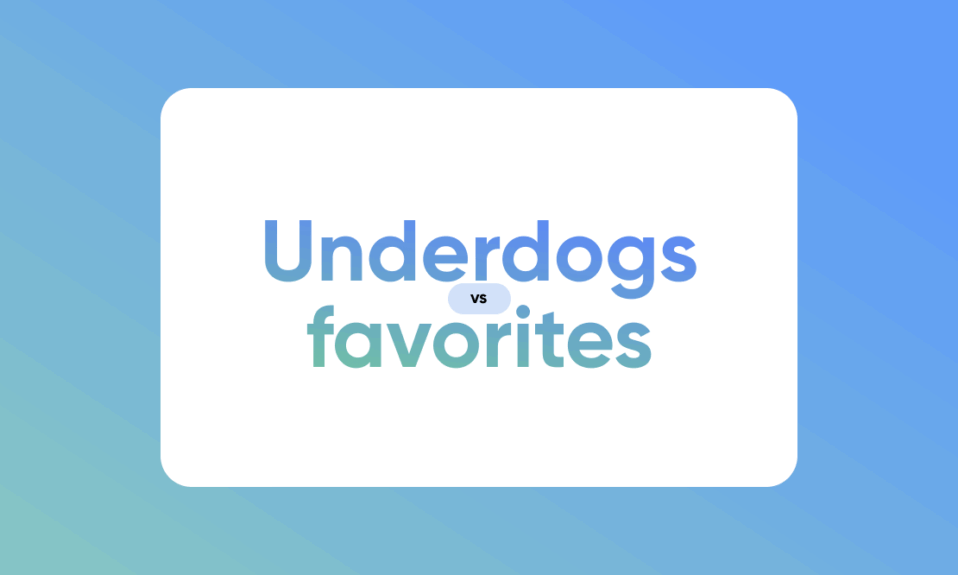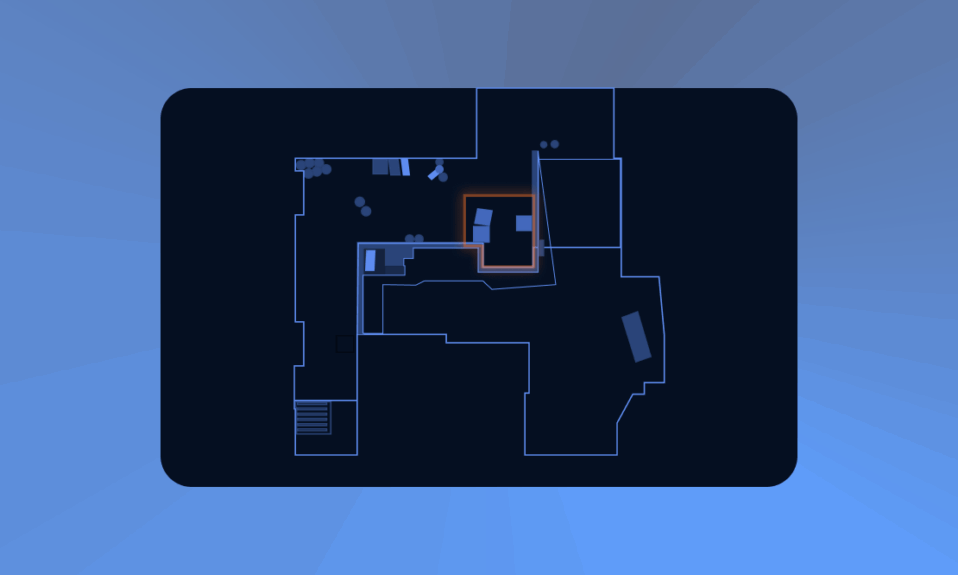
With the NFL making their matches look like they are played inside a PlayStation 5, Kristina Skogvard, Abios’ Brand Marketing Manager, decided to look into how sports production has evolved in recent years to involve features commonly seen in video games. As well as what esports tournaments can learn from next-gen sports broadcasts to improve their production quality.
Esports and traditional sports have been separate entities for a long time, and rightly so. Although both feature competitive matches, they stem from completely different activities with separate viewership and engagement cultures.
Nonetheless, the lines are blurring each day. The increased level of sophistication in broadcasting, machine learning and video editing technology allows traditional sports to leap into the digital age and, surprisingly enough, into video games.
A Toy Story NFL Game

In October 2023, the NFL used a game engine to build a piece-of-art broadcast. During a match between the Atlanta Falcons and Jacksonville Jaguars, Disney, in collaboration with NFL, used tracking software to move all players into a digital space.
With a 3D rendering of the field and all players, they used the Unity game engine to create a digital, fully Toy Story-themed playing field on which the match was displayed. The commentators looked like toys, the ball got a cartoonish flare and special effects were added that looked like they were taken straight out of a Disney movie.
This was made possible through real-time tracking of player movements, referees and even pylons through RFID tags and 3D cameras, allowing the production to capture player location, speed and acceleration in seconds. It enabled them to create a realistic rendition of a match in a digital environment with only a 20-second delay from the real-world match.
Strides made in digital motion capture and real-time data utilisation can revolutionise how we watch sports. Fans can watch a match from unique angles, special effects can be added that look like they are taken straight from a Hollywood action movie, and statistics can be added in real-time to predict how upcoming match events will progress. When explaining this phenomenon, Jordan Coleman from Corridor Crew asked the question we’re all perhaps thinking: “When do we stop adding more?”.
…And why stop at sports?
The esports viewership experience
Digitalising the viewership of sports can perhaps help traditional sports attract a younger demographic and breathe life into broadcasts or stale matches. Nonetheless, porting all players and components of a match into a realistically sized digital arena in real-time is both resource and cost-intensive.
In contrast, for esports, all players, in-game actions and events are already in the digital space. Esports matches are played on servers, which make every in-game event, button click, and action from a professional player trackable in real-time. This drastically increases the possibilities for how tournament organisers or game publishers can display statistics or manipulate the in-game environments.
We have already seen some examples of innovation in the viewership experience in esports, such as League of Legends and Counter-Strike adding in-game advertisements with banners native to their respective games to competitive matches.
Other exciting developments include co-streaming, where viewers get to watch matches with their favourite streamers or replay vods of matches with team voice communications, allowing fans to take part in their favourite teams’ in-game commentary.
How data can be used to enhance esports experiences for fans
Nonetheless, data-driven developments are fewer. We’ve seen BLAST Premier add an AI prediction tool to their broadcast, which adds a layer of engagement, but with the limitless amounts of data available, esports broadcasts could be taken to the same level as in the NFL.
Imagine being able to see a player’s weapon accuracy while taking a shot or what the chance is for a player to win a specific clutch situation based on his previous performance and the performance of other players in similar situations. Tracking and displaying these statistics in real time could improve the viewership experience tremendously and add a new level of engagement for fans.
New data and motion capture technologies blur the lines between real-life sports and esports. With vast resources at their disposal, leagues such as the NFL can innovate and create new viewership experiences transcending the digital and real worlds. As these technologies would be more efficient to implement in esports, sports could act as a source of inspiration for tournament organisers and game publishers looking to upgrade the viewership experience in esports.
At Abios, we’ve worked with esports data for years to discern the probability of specific events occurring and to help organisations, sportsbooks, and tournament organisers build engaging UIs and products around esports data.
Do you want to learn more? Make sure to contact us here.
Thanks, Mike Crawley, for giving me the idea for the article.








